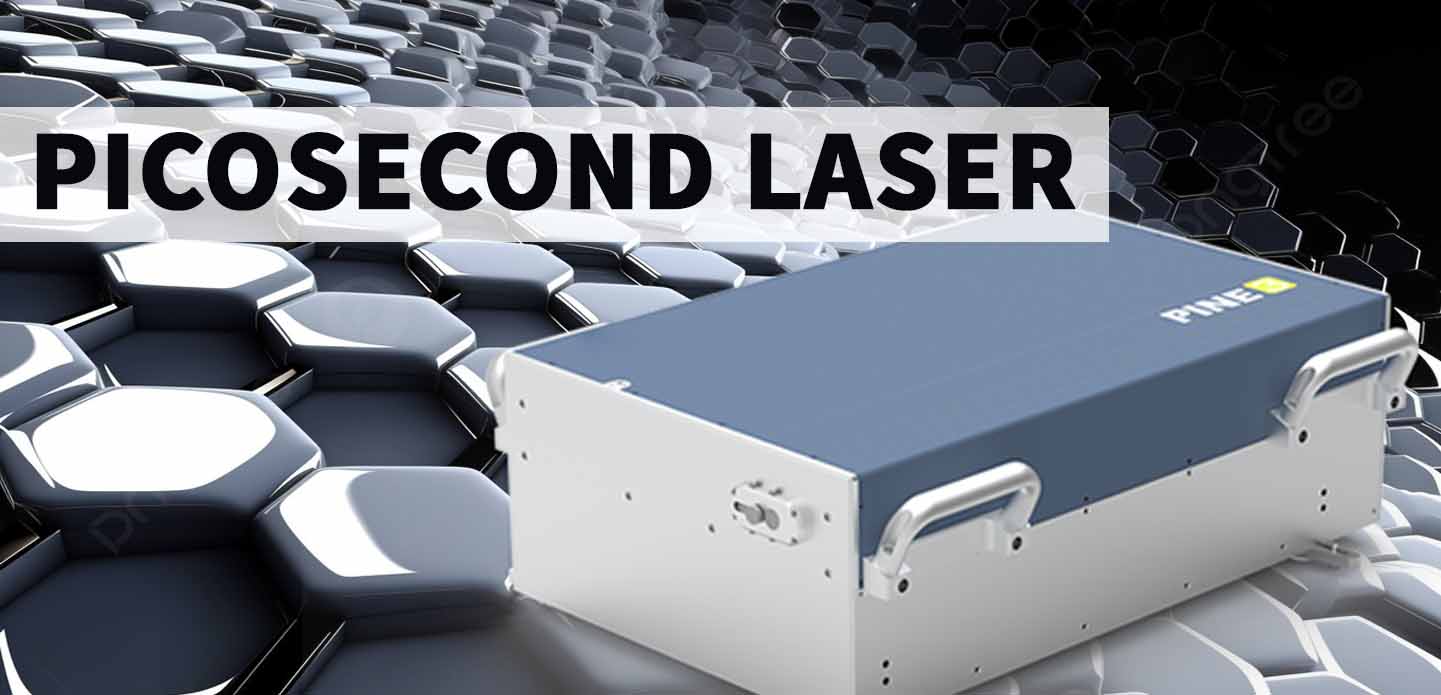Picosecond Q-switched lasers are revolutionizing the field of photonics, delivering unprecedented control and precision in various applications. With pulse widths in the picosecond range (1 trillionth of a second), these lasers stand out for their ability to provide high peak power while maintaining a pulse duration that is considerably shorter than traditional nanosecond lasers. This unique feature allows for a multitude of applications across different sectors, including materials processing, medical therapies, and scientific research.
The Science Behind Picosecond Q-Switching
Q-switching is a technique that enables lasers to produce pulses of light that are extremely short and intense. In a typical laser setup, the energy is built up in the gain medium before being released in a rapid burst. In the case of picosecond Q-switched lasers, the key lies in the use of a saturable absorber, which allows the laser to reach high output energy in a collapsible, precisely controlled manner.
This culminates in the generation of extremely high peak power in incredibly short pulses. The shorter the pulse, the more refined the energy delivery becomes, enabling delicate precision in various applications such as micromachining and laser surgery. The ability to target materials with pinpoint accuracy while minimizing thermal damage is one of the primary reasons picosecond Q-switched lasers are gaining popularity.
Applications of Picosecond Q-Switched Lasers
1. Materials Processing
Picosecond lasers offer exceptional precision in materials processing, allowing for micro-machining applications across multiple industries. The high energy density of these short laser pulses facilitates the efficient removal of material with minimal heat affected zone (HAZ), a critical factor in making precise cuts or engravings in materials ranging from metals to glass and ceramics. Industries such as electronics manufacturing, watchmaking, and the aerospace sector have started using these lasers to achieve high-quality and intricate designs.
2. Medical Treatments
In the medical field, picosecond Q-switched lasers are utilized for various dermatological and aesthetic procedures. For instance, these lasers can effectively treat pigmented lesions, tattoos, and result in skin resurfacing with minimal discomfort and downtime for the patient. The high peak power and fine temporal control of picosecond lasers improve the fragmentation of tattoo inks and pigments, allowing for better clearance compared to traditional laser modalities. Furthermore, the localized effect provided by the picosecond pulse duration helps in preserving surrounding tissues, reducing side effects.
3. Scientific Research
In research laboratories, picosecond Q-switched lasers play a vital role in experiments that require precise timing and synchronization. They are used in spectroscopy, laser-induced breakdown spectroscopy (LIBS), and various forms of laser-based diagnostics. The unique timing capabilities allow researchers to investigate ultrafast processes at the molecular and atomic levels, leading to advances in fields like chemistry, physics, and materials science.
Advantages of Picosecond Q-Switched Lasers
The advantages of utilizing picosecond Q-switched lasers extend beyond their precision and versatility. One of the main benefits includes reduced thermal effects. The rapid delivery of energy means that there is less time for heat to dissipate through the material being processed, which significantly reduces the risk of thermal damage.
Additionally, these lasers can often be operated in a more compact setup compared to traditional lasers, making them suitable for integration into existing systems or developing new, more efficient machinery. Their capability to be controlled with high accuracy allows for automation in manufacturing processes, driving further efficiency and reproducibility.
Conclusion
The future of laser technology is undoubtedly bright with innovations such as picosecond Q-switched lasers. Their ability to deliver extremely high peak power in abbreviated durations opens a gateway to exciting applications in industries ranging from healthcare to high-precision manufacturing. As research progresses and technology continues to evolve, the prominence of picosecond Q-switched lasers in existing and emerging applications is likely to increase, showcasing their potential in reshaping a myriad of sectors worldwide. As industries strive for improved results, these lasers will undoubtedly play a pivotal role in leading the way toward a more precise and efficient future.
由用户投稿整理稿件发布,不代表本站观点及立场,仅供交流学习之用,如涉及版权等问题,请随时联系我们(yangmei@bjjcz.com),我们将在第一时间给予处理。






